
This old mine is located near the head of Daniels Summit. It was worked in the mid 1900’s but could have been the original mine that George Thompson told a story of in “Faded Footprints” pg. 29.
“There could be a lost ledge of gold near the top of Daniels Canyon. Wilford Binggeli operated a gravel pit close to the mouth of the canyon, but some say he spent more time prospecting than he did selling gravel. Binggeli was an experienced miner, having worked at mines all across Utah and Nevada, so when he confided in Gordon Taylor, a banker friend at Kamas Valley, that he had found a place near the head of Daniels Canyon where sometime in the long ago Spanish miners had dug for gold, Taylor paid close attention to him. Binggeli told Taylor that he had come upon a stringer of gold ore in an exposed rock outcrop, where miners of old had built fires against the ledge to heat it, and then threw water on the hot rock to crack and break it loose. Times were hard then, so Taylor wasn’t able to loan Binggeli the money he needed to develop his find, and as the years passed Binggeli had to devote his time to raising a family. But he still maintains mining claims on that area, but with modern environmental restrictions and regulations, he has about given up on working them.
Binggeli’s gold ledge in Daniels Canyon might very well be part of a gold vein discovered by William Foreman in 1891. In his journal, Foreman wrote of a find he made in May of that year, but he wrote that it was then part of the Ute Indian Reserve, where white men were not allowed to trespass. But apparently, Foreman worked his find in secret, despite it being on Indian land, for an entry made in his journal the following July reads: “Commenced to run a tunnel, no timber needed.” Two years later, In August, 1893, another entry states: “I camped all winter while working at the mine. I am in 250 feet now.” Nothing further about his mine appears in his journal that year, but no prudent man would dig a tunnel for 250 feet through solid rock where “no timber is needed” unless he had something darn good; nor was it unusual that he kept quiet about mining on the Indian Reserve.
Shortly afterwards Foreman wrote of a tragedy which befell him: “My son, while fooling with a pistol, shot himself in the head. This has been a sore trial, for it leaves me without my best helper.” No doubt the loss of his son contributed to the end of Foreman’s mining, as did yet another problem he faced. He was kept busy dodging Federal Marshal Bauchman, who sought his arrest on polygamy charges. In fact, Foreman was arrested soon after his son’s death and was sent to the territorial prison for having multiple wives. We can only wonder whether the discoveries made by Foreman and Binggeli were part of the same ore vein. They could be, for only recently a Heber Valley prospector discovered an old shaft in that same area. He has been showing pieces of beautiful blue-green peacock ore, and he says an assay report indicates that ore carries values of several ounces of gold plus substantial values in silver. Daniels Canyon might be a good place to do a little prospecting, especially along the summit ridge described by Aaron Daniels; perhaps somewhere close to Foreman’s Spring. That area isn’t on the Indian Reserve now.”
 The old mill near that mine is visible from the road if you look closely.
The old mill near that mine is visible from the road if you look closely.
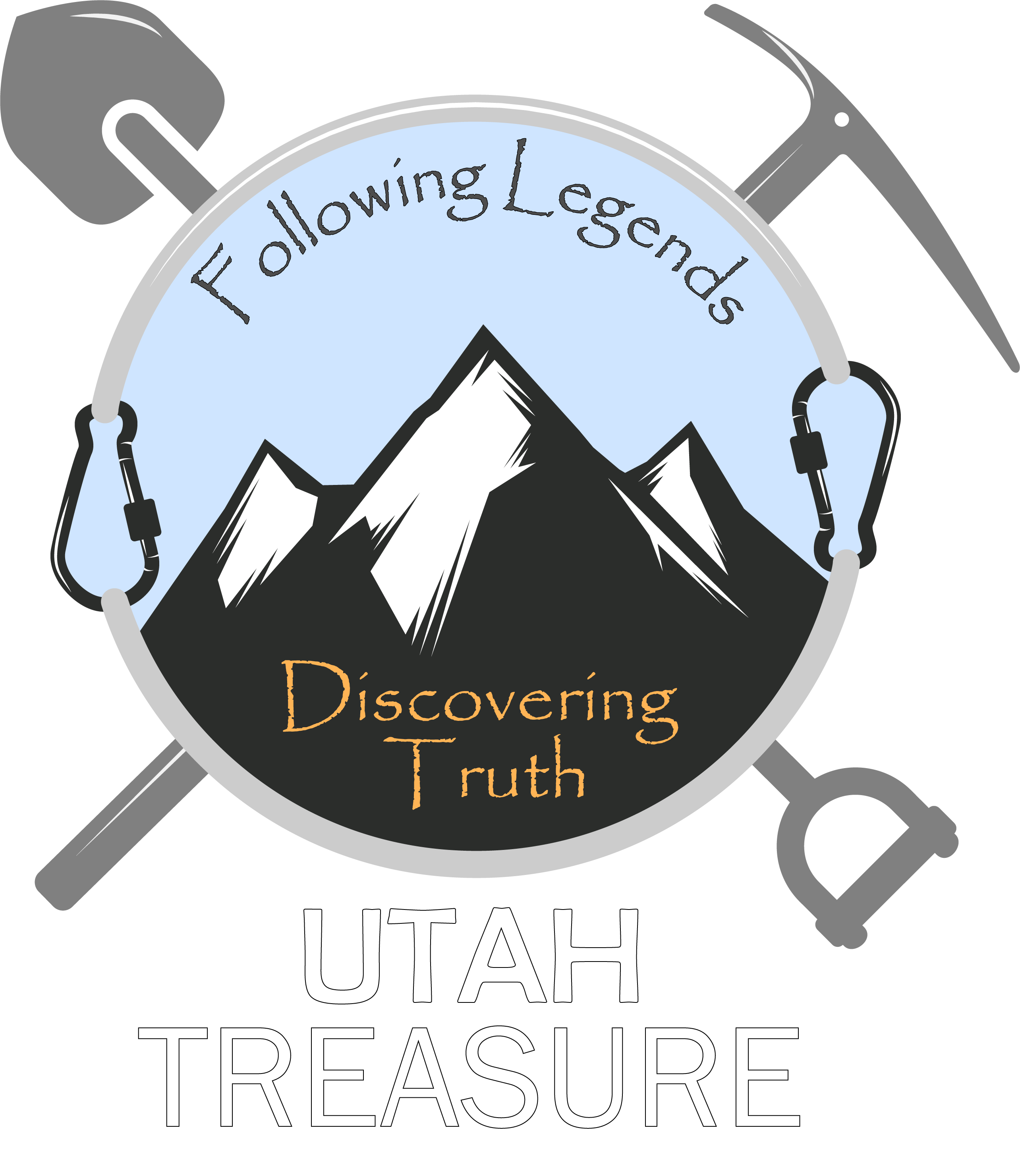
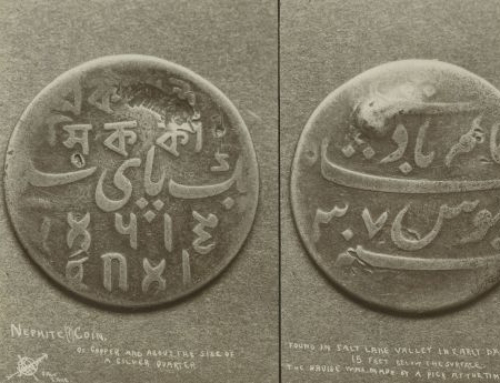
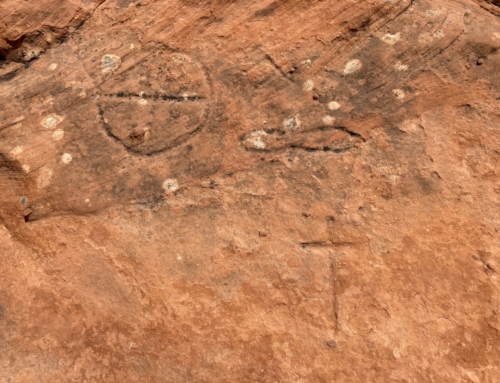
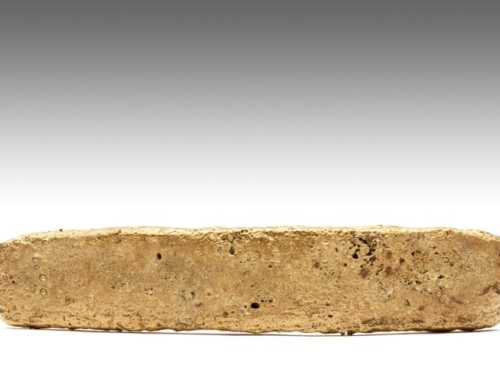
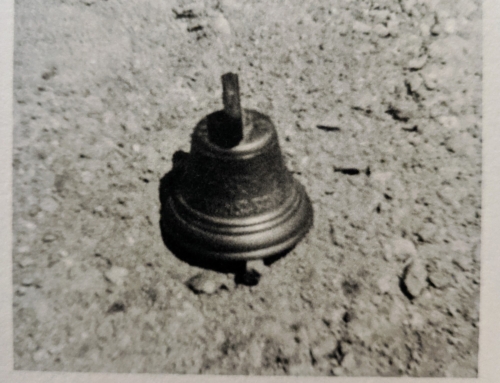
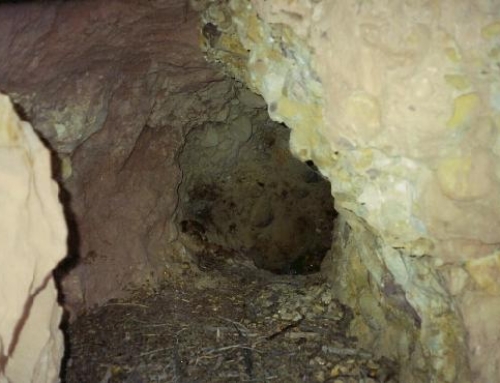
Leave A Comment